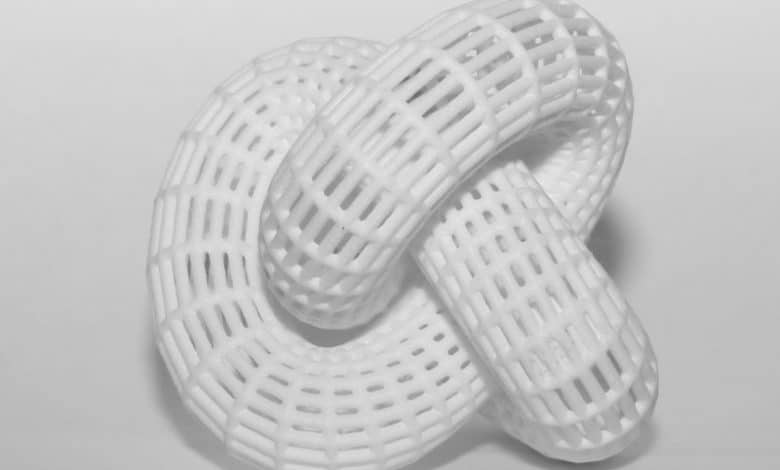
Contents
The latest innovation in the 3D printing world: Adapting the model by hand
One of the great advantages of 3D printing is usually the ability to simply and easily modify models that have been designed before printing. However, it has not yet been possible to subsequently change a 3D print, at least not without destroying the model.
However, a team from Saarland University is now coming up with a way to change exactly that, at least for plastic 3D prints. Together with Jürgen Steimle, Professor of Human-Machine Interaction at the Saar University, Daniel Gröger, doctoral student at the Cluster of Excellence, has therefore developed a method called Hotflex specifically for this purpose. Specifically, the computer scientists at Saar University have built an element made up of different layers, which is connected to a mini-computer, an Arduino. As soon as this ensures that the element is subjected to electrical voltage, it becomes deformable after a short time.
The structure of Hotflex
This is made possible by the multi-layered, to be more precise 3-layer construction of this object. The innermost layer forms the so-called heating structure, connected to the Arduino. This is followed by the malleable structure, which the developers emphasize is made of biodegradable plastic, i.e. the original 3D printed model. The outermost layer is a flexible plastic sheath.
To print all of these components themselves, the researchers used a standard office printer (with special ink) and a commercially available 3D printer.
How the Hotflex works
When the moldable part is heated to 60°C by the heating structure, the 3D model becomes soft enough to be shaped into the desired shape by hand without risk of breakage. Once the object cools down again, it remains static in this new shape.
Basically, the print object can only be shaped by hand in those places where these elements were attached.
What else Hotflex can do: 3D objects can be respond to touch or display information. To illustrate this function, the researchers brought along prototypes such as an adjustable bracelet, a jewelry box that opens when you knock, and a computer mouse adjustable support surface printed. “We integrate our flexible heating structures by hand during the printer, but soon it will also work automatically,” says Daniel Gröger.
The idea: IT meets manual work
What fundamentally fascinates the Saarland researchers about Hotflex is the philosophy of combining IT applications with conventional manual work. “It’s a whole new way of modelling. You no longer click around in your digital 3D model, you work with yours own hands and thus receive a completely different kind of feedback. At the same time, you reduce the number of iterations, wasting less material and time,” explains Professor Jürgen Steimle.
The team led by Steimle and Gregor is currently presenting its 3D printing innovation at the CeBit 2017 (Hanover, March 20-24, 2017), Hall 6, Stand E28.
We continue to strive to bring you the latest developments in the world of 3D printing. Read our blog and visit our website.
To the blog overview

